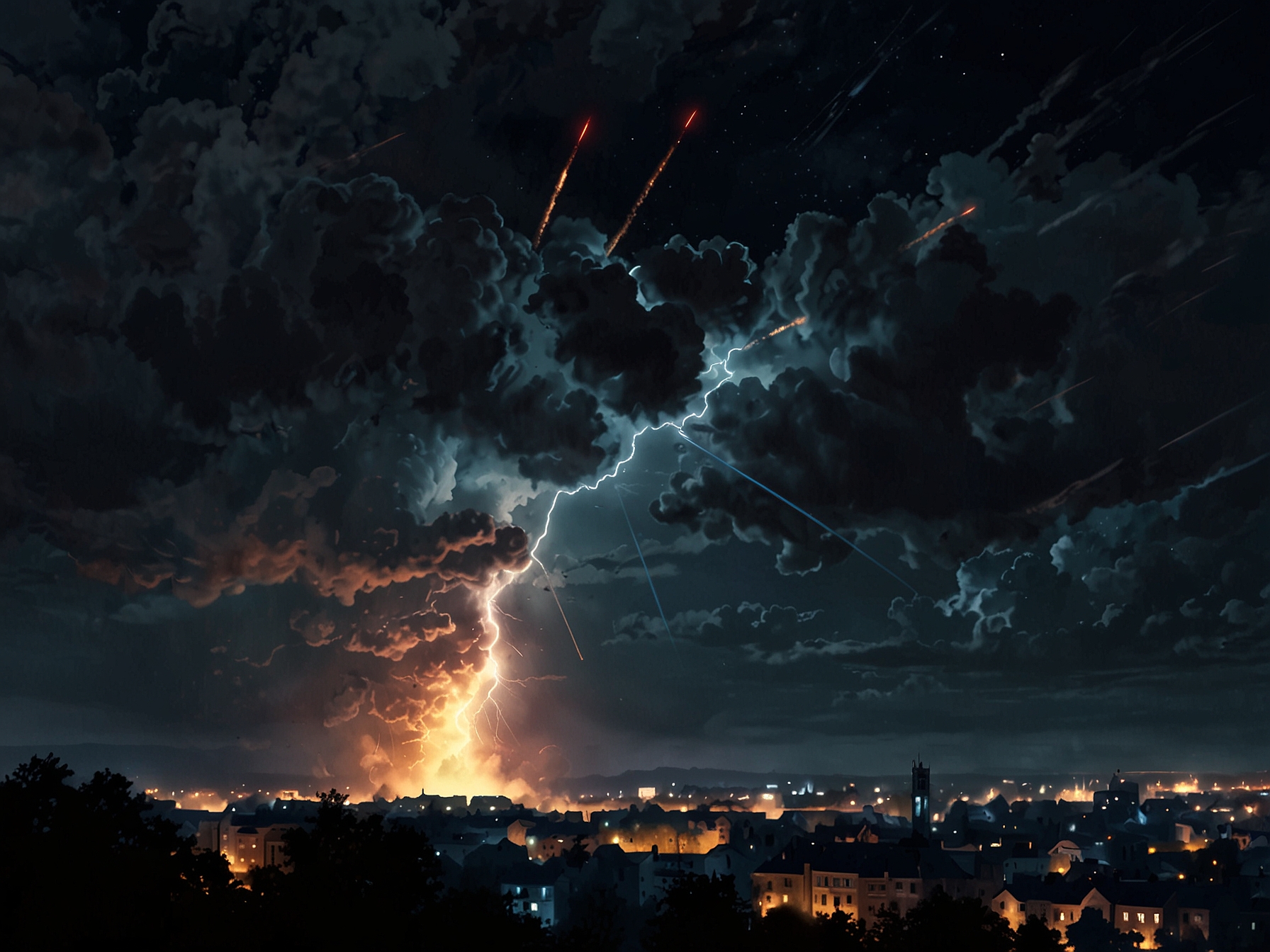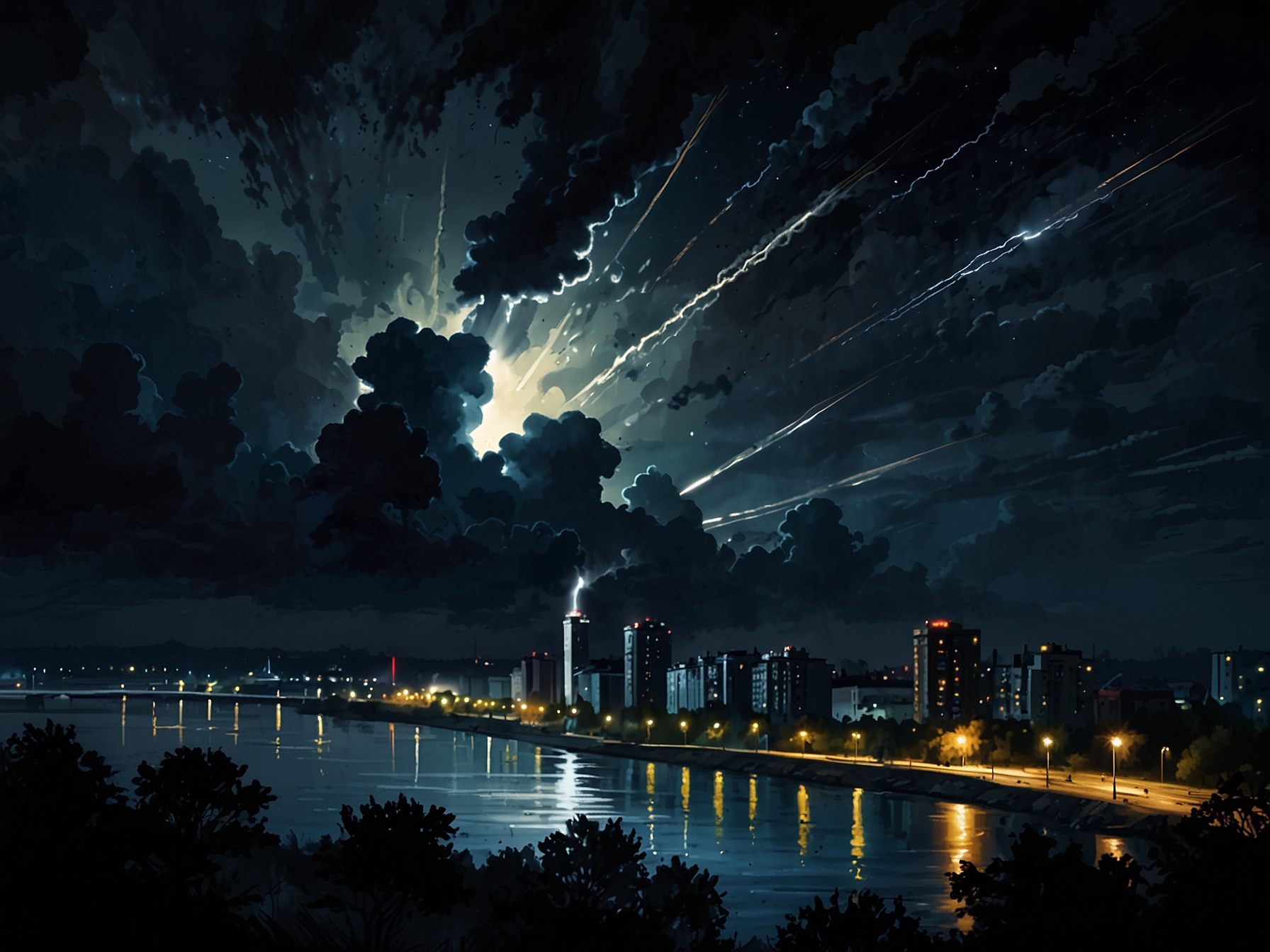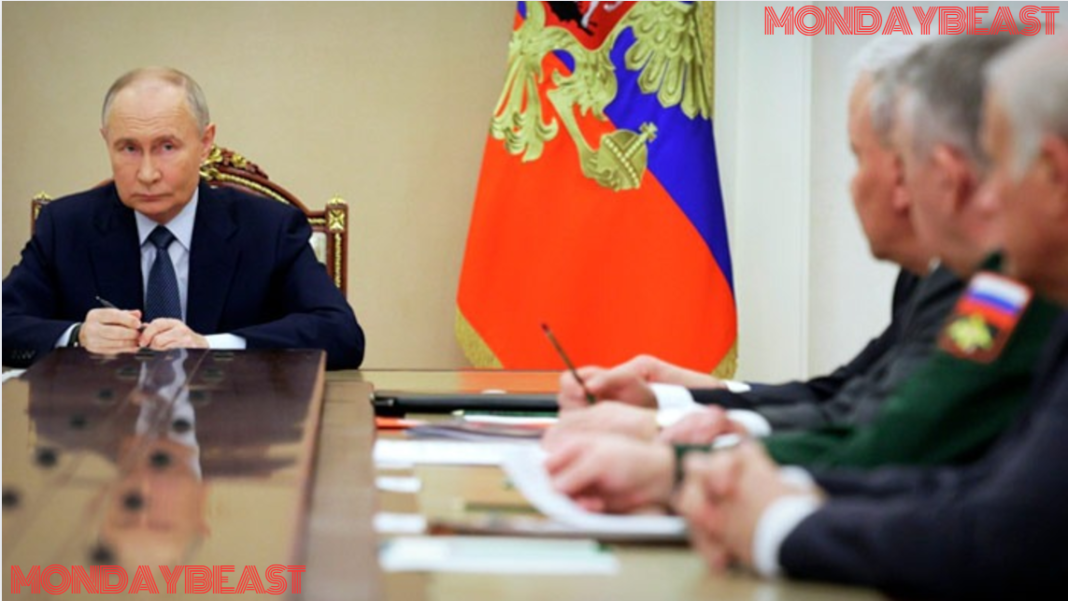In the early hours of November 21, a dramatic scene unfolded over the city of Dnipro, Ukraine. Bright flashes illuminated the sky as dozens of projectiles surged downward. It was a terrifying moment for the residents of a city that has lived under a shadow of conflict. As reported by The New York Times, this was no ordinary assault.

Russian President Vladimir Putin announced the activation of the Oreshnik missile. This mid-range hypersonic weapon aimed straight at a defense industrial facility in Ukraine. Remarkably, the missile did not carry a nuclear warhead, despite its design for that purpose. Putin explained that this exercised strategic restraint, but the threat remains ominous.
The response was swift, reflecting the escalating tension in the ongoing war. Just days before, Ukraine had launched long-range strikes using U.S. and UK missiles against Russian targets. Putin asserted that the Oreshnik missile was a direct response, a warning to the West: support for Kyiv comes with heavy consequences.

As the dust settled on this latest exchange, many wondered what would happen next. The atmosphere in Dnipro, already heavy with anxiety, thickened as the echoes of detonations faded. The political and military landscape is shifting. Will this mark a turning point in the conflict?
Exploring the implications of hypersonic weaponry puts us right in the heart of modern warfare. Experts argue that such weapons, like the ones Russia is testing, change the very nature of military engagement. They create new challenges for defense systems, leaving nations scrambling to catch up.

In his remarks following the attack, Putin stated that the advanced weaponry now available to Russia exists outside the reach of current defense systems. This claim, while asserting strength, cultivates a growing fear. The specter of unstoppable missiles represents a chilling reality for Ukraine and its allies.
The world watches closely. The military tactics have shifted dramatically, reminiscent of a Cold War mentality, where showdowns were common and the stakes high. What does this mean for the future of NATO’s involvement? Are we witnessing a new era of arms race?
Putin’s insistence on retaliation steadies his position domestically, showing strength against perceived aggression. Yet, this also amplifies fears among civilians. As a resident of Dnipro, would I wonder about the next strike? The stakes are painfully real. The people of Ukraine find themselves in the vanguard of a high-stakes game where they are not just players but pawns.
Let’s consider the broader implications. Each missile strike ripples through the fabric of geopolitics, influencing international relations in unpredictable ways. As countries balance support for Ukraine against the threat of escalation, the dilemma deepens. Can diplomacy prevail, or are we slipping into darker chapters of conflict?
Post-attack discussions in Ukraine reveal a complicated sentiment. Support for military aid surges, but there’s also a call for caution. Could too aggressive a response provoke further escalation? This uncertainty lingers, making it almost palpable in the air.
Looking toward what’s next, the questions remain myriad. As this week closes, the tempo of conflict rises. With hypersonic missiles now in the mix, how does Ukraine fortify its defenses? What role will Western nations play in this evolving struggle? Oreshnik was just a prelude, a stark reminder that the stakes are only going higher.




